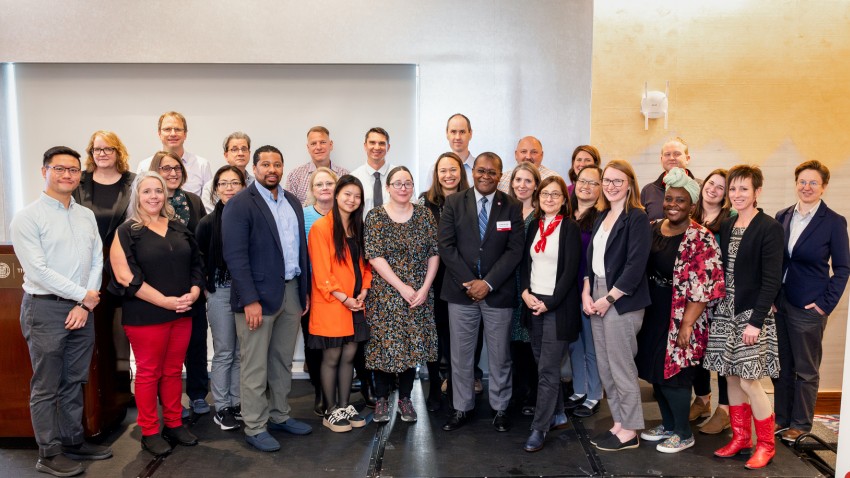Undergraduate Nuri Hong selected as a 2024 Optica Women Scholar
Undergraduate student Nuri Hong recognized for excellence in optics and photonics research toward brain imaging. Read more about Undergraduate Nuri Hong selected as a 2024 Optica Women Scholar





